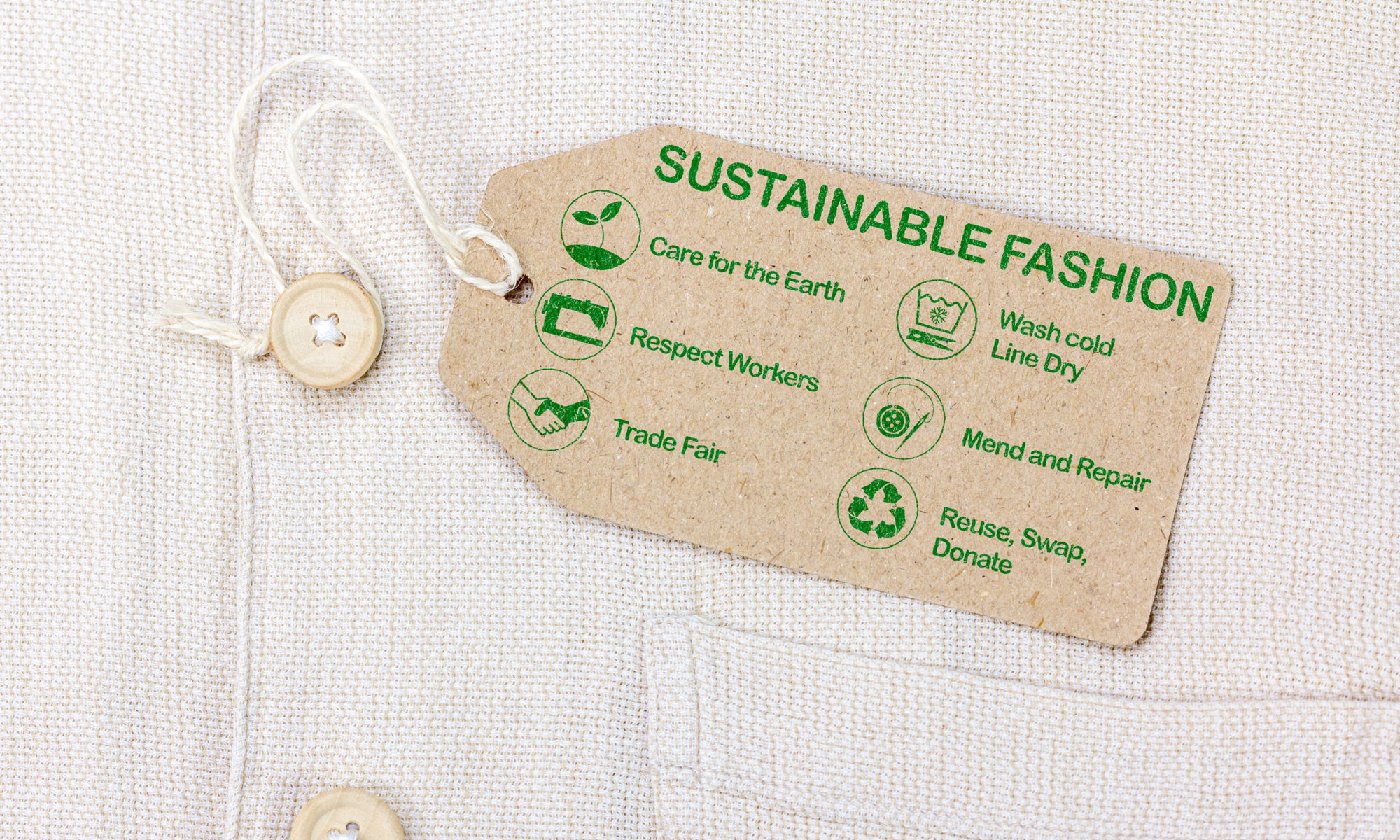“Fast fashion”, “slow fashion”, “thrifting” and “capsule wardrobe” — all terms you’ll hear thrown around in conversations around sustainability, but commonly misunderstood.
Most people don’t really understand what these terms mean, how big the problem actually is, and how easily you can implement sustainable solutions. I’m going to shed some light on fast fashion and how you can become part of the sustainable/slow fashion movement.
Fast Fashion vs Slow Fashion
Before you can understand why supporting slow fashion and sustainable shopping is important, it’s crucial to understand the difference between fast fashion vs slow fashion.
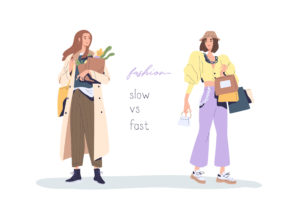
What is Fast Fashion?
Fast fashion is the cheap, rapidly produced clothing that changes drastically from season-to-season to fit with current trends and styles.
The term fast fashion first emerged in the 1990s with the start of inexpensive and stylish clothing companies like Zara, who mass-produce clothing with little regard for the environment.
What is Slow Fashion?
Slow fashion means quality, timeless clothing staples that a person can wear for many years to come.
Before the Industrial Revolution, people made their clothes by hand. Being pretty labor-intensive, they were made to last. And if you tore your pants, you would repair them, not purchase a new pair.
How Did Fast Fashion Start?
Though the term emerged in the ‘90s, fast fashion began long before that. As factories gained technological advancements in machinery and production, clothes became easier and easier to manufacture. As new styles became easier to produce, fashion grew into a more prominent part of society. By the 1960s, fashion “seasons” emerged. Dressing with the new styles was a symbol of status – whether your clothes were expensive or not.
Nowadays, fashion can change in the blink of a 10-second TikTok video. You can see how this is problematic.
Why Fast Fashion Is a Problem
Fast fashion hasn’t just grown since the 1960s… it’s exploded.
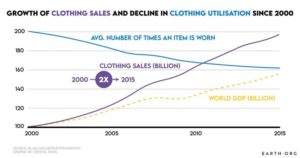
Just since the year 2000, clothing sales worldwide have more than doubled. Meanwhile, the average number of times we wear our clothes before throwing them out is rapidly dropping.
This is a problem because textile manufacturing is not a sustainable industry.
Here are just a few textile industry facts that are sure to make you cringe:
- Fast fashion is responsible for more CO2 emissions than airplane and maritime transportation combined.
- 20% of global wastewater is the result of textile dyeing
- Manufacturing a single cotton shirt requires the same amount of emissions as driving a car for 35 miles.
- 80% of clothing ends up in a landfill or gets incinerated at the end of its short life.
And unfortunately, that’s just the beginning.
Fast fashion is also responsible for horrific working conditions and disastrous environmental damage to the local regions of production facilities.
See, in order for these articles of clothing to be sold as cheaply as they are, they’re produced in countries with less regulations. Without ethical or environmental production regulations, the wages and working conditions of the factory workers are abysmal. The factories also cut corners by dumping toxic waste into rivers and seas rather than collecting and sending it to treatment plants.
These factory conditions are so bad that in 2013 a multi-factory building in Bangladesh unexpectedly collapsed, killing over 1,100 workers and injuring 2,500 more.
This is why boycotting fast fashion and buying fair-trade, sustainable products is so important.
Why Thrifting Is More Sustainable
Consider a pair of jeans: it takes 1,800 gallons of water to grow the cotton to make a single pair of jeans. (I know, it’s pretty mind-boggling, but it turns out cotton is a seriously thirsty crop.) Aside from growing the cotton, then you have to consider all the water it takes to wash the cotton, dye the jeans, and rinse out the excess dye.
Experts estimate it actually takes over 9,000 gallons of water to make a pair of jeans.
So let’s break it down.
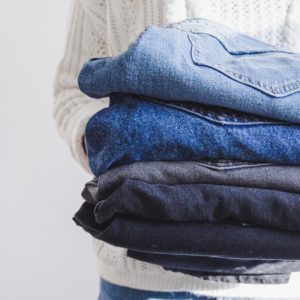
If you wear those jeans 3x per week for 2 years, that’s 312 wears. Or, 28 gallons of water consumed for every day you wore them.
If you extend the life of those jeans by two more years — that number drops to 14 gallons per day. Thrifting is one of the easiest ways to support slow fashion.
When you thrift or buy used clothes, you give a second life to something that otherwise would have ended up in a landfill. Even using a thrifted pair of jeans for a few more years saves massive amounts of carbon footprint by spreading out the resources used to create that item.
Video featuring Sustainable Jeans Hack (tiktok @bug318_): Thrifted jeans a size too small? Shower in them (or sit in the tub with them on) and then let them air dry. Voila!
The Potential Pitfalls of Thrifting
One word of warning: Although thrift shopping IS more sustainable than shopping from fast fashion brands, there is another side to this coin.
Because thrift items are cheap, we have a tendency to buy more than we need. We think, “I’m not sure about the ruffles on this shirt, but heck — it’s $2. I’ll just get it and I can always donate it back if I don’t wear it.”
And while you might think you’re giving it a second life — if you literally never wear it, all you’ve done is provide an air-conditioned safe for it to sit in. Instead, leave it on the rack for someone who will love it, and choose items and clothes that bring you real joy. You know, the Marie Kondo way.
When you reduce the number of clothes you own, you’ll also wear the clothes you do have more often, giving them the full lifespan they deserve. This is the idea behind a capsule wardrobe. It’s a minimalist approach that gives you everything you need in one small, neat closet.

Also, don’t forget that when you shop new from a sustainable store, you’re supporting that business and voting with your money. So it’s not the end of the world if you don’t buy everything used.
It’s all about balance and moderation. You don’t want to swing too far in one direction or the other.
Other Easy Ways to Extend the Life of Your Clothes
Of course, thrifting and buying sustainable clothing isn’t the only way to make your closet more sustainable. Here are a few very easy ways to extend the life of your wardrobe right now:
- Learn simple mending techniques.
- Visible mending is a whole vibe!
- Rewear your items before washing them.
- If they aren’t dirty, don’t wash them. This will save energy and water from the wash cycle, but it also preserves the quality of your clothes. Plus it’s just some made-up rule from the textile giants that we’re supposed to wash our clothes after a single wear. And it wasn’t until very recently that society adopted that habit.
- Wash your clothes on the cold cycle.
- This will both save energy and preserve your clothes.
- Skip the dryer and hang dry your clothes.
- The dryer is the most detrimental part of our laundry process. It is very harmful to your clothes (and I don’t just mean the accidental shrinkage!)
- There’s a reason all your delicate clothes tell you to air dry. The dryer actually breaks apart the fibers in your clothes and is the main cause of wear. And you don’t have to hang dry your clothes every time.
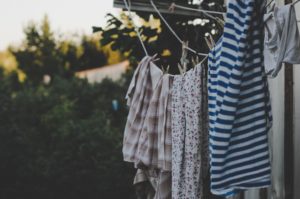
All this to also add that I often feel like a broken record when I say this but, progress, not perfection, remember? Doing these things some of the time still counts and it helps!
Remember, education is power. I didn’t write this blog to make you feel guilty about your closet right now. Ten years ago, I didn’t know any of this!
I write it to help open the conversation. To inform intelligent, caring people about the issues they might not have heard about so they can keep moving toward a life that aligns with their values — because we’re all a work in progress
If you learned something new, share this post with a friend! By sharing the knowledge we gain, we can make an even bigger impact on the environment, world and beyond.
Sources:
- https://earth.org/data_visualization/the-9-biggest-fast-fashion-statistics/
- https://www.cnn.com/interactive/2020/09/style/fashion-in-numbers-sept/

